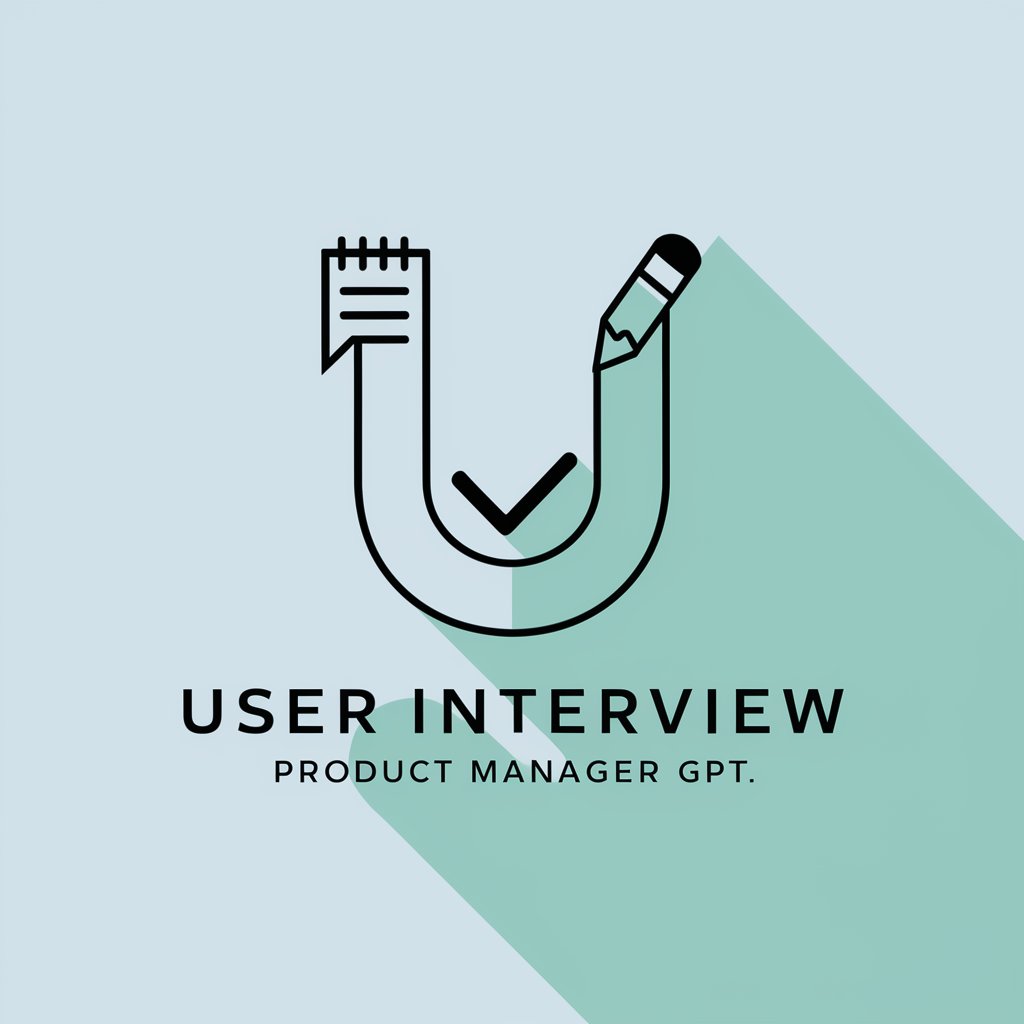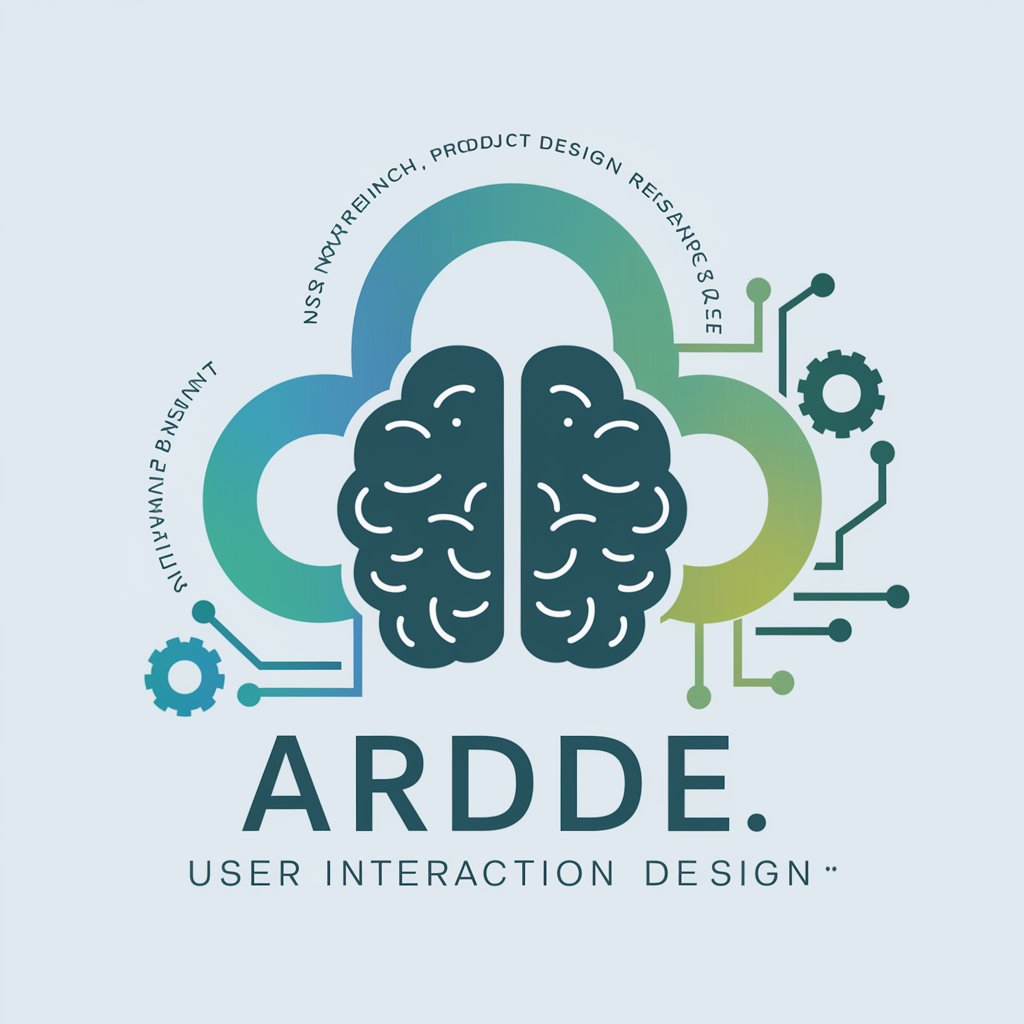8 GPTs for User Feedback Analysis Powered by AI for Free of 2025
AI GPTs for User Feedback Analysis are sophisticated tools designed to analyze and interpret user feedback using the capabilities of Generative Pre-trained Transformers. These AI models are particularly tailored for extracting insights from customer reviews, comments, and feedback across various platforms, enabling businesses and developers to understand customer satisfaction, preferences, and expectations. By leveraging natural language processing and machine learning, these tools can identify trends, sentiments, and specific feedback points, providing actionable insights that can guide product development, customer service improvements, and strategic decision-making.
Top 8 GPTs for User Feedback Analysis are: UX Design Mentor,Product Manager,DevRel Guide,Behavioural PM,SpamGuard Tutor,User Interview Product Manager,User Experience Research Advisor,Product Enhancement Advisor
UX Design Mentor
AI-Powered UX Design Insight

Product Manager
Elevating products with AI-driven insights

DevRel Guide
Empowering DevRel with AI Insights
Behavioural PM
Enhancing Engagement with AI

SpamGuard Tutor
Smart Spam Filtering Powered by AI

User Interview Product Manager
Transforming Feedback into Action with AI

User Experience Research Advisor
Empowering Design with AI Insights

Product Enhancement Advisor
Elevate Your Product with AI Insights
Essential Capabilities of AI GPTs for Feedback Analysis
The unique characteristics of AI GPTs in User Feedback Analysis include their adaptability to analyze feedback across different contexts and languages, sentiment analysis to gauge customer emotions, summarization capabilities to condense large volumes of feedback into actionable insights, and the ability to identify emerging trends and topics. These tools also support customization for specific industries or feedback types, and can integrate with various data sources to provide a comprehensive view of user feedback.
Who Benefits from AI-Driven Feedback Analysis?
AI GPTs for User Feedback Analysis are invaluable for a broad audience, including business owners, product managers, customer service representatives, and marketers. They offer straightforward interfaces for novices without coding skills, while also providing advanced customization options for developers and data scientists. This dual approach ensures that anyone interested in leveraging user feedback to enhance product offerings, improve customer service, or refine marketing strategies can benefit from these tools.
Try Our other AI GPTs tools for Free
Photo Transformation
Discover the power of AI GPTs for Photo Transformation: tailored solutions for enhancing, modifying, and creating images with ease and precision. Ideal for professionals and enthusiasts alike.
Artistic Creativity
Discover how AI GPTs for Artistic Creativity are transforming the art world, enabling artists to explore new horizons in creativity through advanced, user-friendly tools.
Personalized Portraiture
Discover the future of personalized art with AI GPTs for Portraiture. Tailored solutions for creating unique, customized portraits with ease.
Educational Quizzes
Explore AI GPTs for Educational Quizzes to transform learning with personalized, adaptive quizzes designed to enhance engagement and effectiveness.
Trivia Nights
Discover how AI GPTs for Trivia Nights revolutionize trivia games with advanced question generation, real-time interaction, and comprehensive analytics, tailored for enthusiasts and professionals alike.
Structural Analysis
Discover AI GPTs for Structural Analysis: Revolutionizing engineering with AI-driven insights, efficiency, and innovation in design and optimization of structures.
Leveraging AI for Enhanced Feedback Insights
AI GPTs for User Feedback Analysis not only streamline the process of gathering and analyzing user feedback but also enhance the ability to make informed decisions based on comprehensive data analysis. These tools offer a unique blend of accessibility for non-technical users and flexibility for developers, making them a versatile solution for various sectors seeking to improve their products and services through user feedback.
Frequently Asked Questions
What exactly is User Feedback Analysis with AI GPTs?
User Feedback Analysis with AI GPTs involves the use of advanced AI models to analyze, interpret, and derive insights from user feedback, helping organizations understand customer sentiments, preferences, and improvement areas.
How does sentiment analysis work in these tools?
Sentiment analysis in these tools uses natural language processing to identify and categorize emotions expressed in feedback, such as positive, negative, or neutral sentiments, enabling businesses to gauge overall customer satisfaction.
Can these tools summarize large volumes of feedback?
Yes, these tools can automatically summarize vast amounts of feedback into concise reports, highlighting key themes, sentiments, and suggestions for improvement, saving valuable time and resources.
Are these tools suitable for non-technical users?
Absolutely. These tools are designed with user-friendly interfaces that require no coding knowledge, making them accessible to non-technical users who wish to analyze user feedback effectively.
Can developers customize these tools for specific needs?
Yes, developers can utilize programming interfaces and advanced configurations to tailor these tools to specific industry needs, feedback types, or integration requirements.
How do these tools integrate with existing business systems?
AI GPTs for User Feedback Analysis can be integrated with existing business systems such as CRM platforms, social media channels, and customer service tools, allowing for seamless analysis of user feedback from multiple sources.
What type of feedback can these tools analyze?
These tools are capable of analyzing a wide range of feedback, including online reviews, social media comments, customer service tickets, and survey responses, among others.
Can these tools predict future trends based on user feedback?
Yes, by analyzing patterns and sentiments in historical data, these tools can help predict future trends, enabling businesses to anticipate customer needs and market demands.